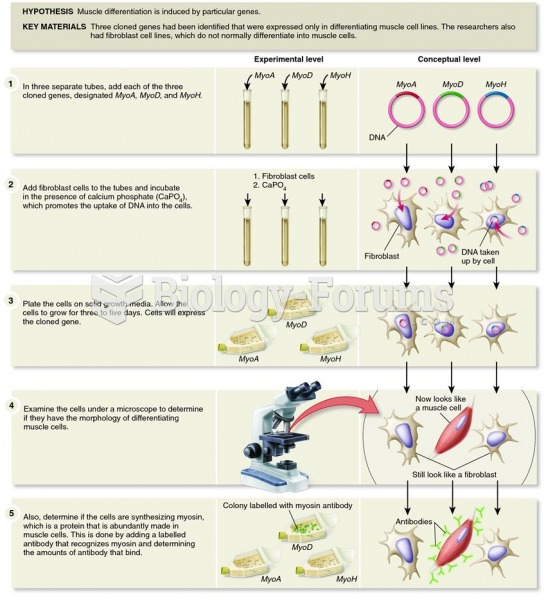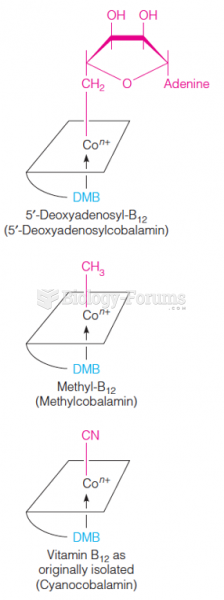Answer to Question 1
Vitamin A and the carotenoids are absorbed in the small intestine. Absorption requires the presence of dietary lipid and bile. Once they have entered the enterocyte, vitamin A and the carotenoids are incorporated into chylomicrons. The chylomicrons then enter the lymph, where they ultimately enter the blood at the thoracic duct. Once they are circulating in the blood, vitamin A and the carotenoids (as part of the chylomicrons) can be taken up by many cells including adipose, muscle, and eye tissue. What is not taken up in this initial transport in the blood is delivered to the liver as part of the chylomicron remnant. In the liver, the carotenoids and vitamin A typically undergo additional metabolism and/or packaging. Carotenoids can be packaged into other lipoproteins (such as VLDL) for recirculation or converted to retinol (in the case of provitamin A carotenoids). Vitamin A is recirculated in the blood after being first attached to the transport proteins retinol-binding protein and transthyretin. Vitamin A and the carotenoids not taken up by tissues at this stage are stored mainly in the liver and adipose tissue.
Answer to Question 2
Because there are several forms of vitamin A, each with its own biological potency, scientists use a unit of measure called the retinol activity equivalent (RAE) to describe the overall vitamin A content of foods. The RAE makes it possible to compare the nutritional content of foods containing preformed vitamin A to foods containing provitamin A carotenoids, such as -carotene.







